What can you substitute for bulgur wheat?
If you’re looking for a super easy way to substitute bulgur wheat, which is a type of cracked wheat, try using Quinoa, Couscous, Rice, Buckwheat, Barley, or Farro. We will look at each of those options in a bit more detail further down in this article. But first, let’s look at what bulgur wheat actually is.
What is bulgur wheat?
Bulgur wheat, also known as cracked wheat, is a grain made from the cracked and partially pre-cooked kernels of wheat. It is commonly used in Middle Eastern, Mediterranean, and North African cuisines.
Note: sometimes bulgur wheat is referred to as bulgar wheat – so if you are looking for a bulgar wheat substitution please carry on reading.
To produce bulgur, whole wheat kernels are steamed, dried, and then crushed or cracked into smaller pieces. The cracking process helps to reduce the cooking time and make it easier to prepare. As a result, bulgur has a chewy texture and a nutty flavor.
Bulgur wheat is a nutritious whole grain that is rich in fiber, protein, vitamins, and minerals. It is often used as a staple ingredient in dishes such as tabbouleh, pilafs, salads, and stuffings. Bulgur can be cooked by simmering it in water or broth until it absorbs the liquid and becomes tender.
One of the advantages of bulgur is its quick cooking time compared to other whole grains, making it a convenient and versatile ingredient in various recipes.
Okay, before we look at your bulgur wheat substitute options, let’s deal with that empty cupboard situation!
Where can I buy bulgur wheat?
If you want to be more prepared and ensure you don’t run out of bulgur wheat then you should stock up now.
Nowadays most general supermarkets stock a wide variety of bulgar wheat. Or if you prefer you can also purchase bulgar wheat on-line. We have included a link for a large 2 lb bag of medium coarse grain to get you going.
Bulgar wheat is a great replacement for potatoes and rice. You can use it to bulk up meals, or incorporate it as part of your main course.
So why not jump on and place your order today.
STOCK UP NOW!
Bulgur Wheat 2lb bag – medium coarse
A perfect replacement for potatoes or rice. Use as a side dish or as part of a main course.
1 cup bulgar wheat, to 1.5 cups of water, add a pinch of salt and a drizzle of olive oil and simmer for 10 to 12 minutes. Remove from the heat and let it stand for a further 10 minutes. Fluff up with a fork and serve.
What can I substitute for bulgur wheat?
Here are some of the best ingredients to substitute the flavor and role that bulgur wheat provides in your recipes.
Use an of the following as a substitute:
- Quinoa
- Couscous
- Rice
- Buckwheat
- Barley
- Farro
Bulgur wheat substitutes
Quinoa
Quinoa can be used as a substitute for bulgur in many recipes. It is a highly nutritious grain-like seed that has gained popularity for its health benefits and versatility in cooking. Here’s how you can use quinoa as a substitute for bulgur:
- Texture: Quinoa has a similar texture to bulgur when cooked. It has a slightly chewy and tender texture that works well in salads, pilafs, and stuffings.
- Cooking Method: To use quinoa as a substitute, cook it according to the package instructions, usually by simmering it in water or broth. The cooking time for quinoa is generally shorter than bulgur, so adjust the cooking time accordingly.
- Flavor: Quinoa has a mild, nutty flavor that complements many dishes. It pairs well with a variety of ingredients and can absorb the flavors of the other components in a recipe.
- Nutritional Profile: Quinoa is a complete protein source, containing all nine essential amino acids. It is also rich in fiber, vitamins, and minerals, making it a nutritious alternative to bulgur.
Remember that while quinoa can be a suitable substitute for bulgur in most recipes, it may alter the taste and texture slightly. Adjust the seasonings and other ingredients as needed to achieve the desired flavor and consistency in your dish.
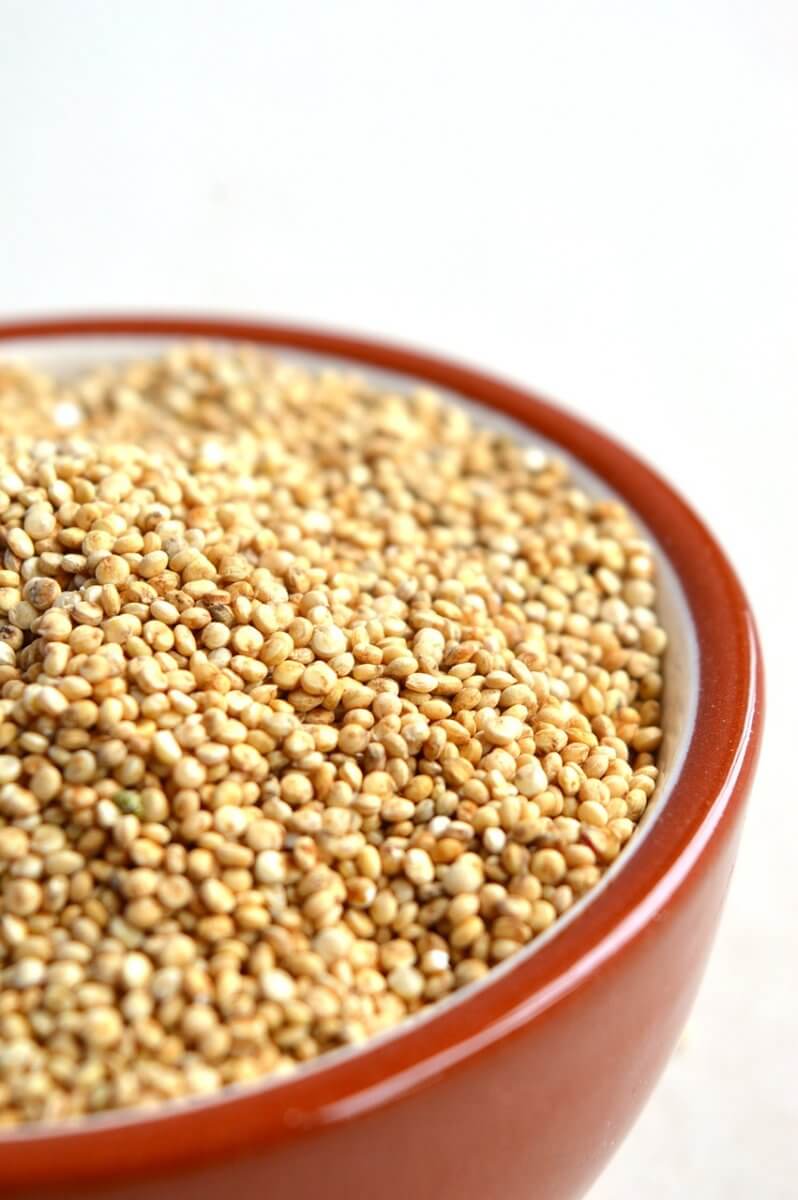
Couscous
Couscous can also be used as a substitute for bulgur in certain dishes. Try using Couscous, a North African dish made from tiny granules of durum wheat semolina. Here’s how you can use couscous as a substitute:
- Texture: Couscous has a similar grainy and fluffy texture to bulgur when cooked. It absorbs liquids well and becomes tender with a slightly chewy consistency.
- Cooking Method: It is known for its quick and easy cooking process. Most couscous varieties require simple rehydration by adding boiling water or broth, covering it, and letting it sit for a few minutes until it absorbs the liquid. Follow the specific instructions on the couscous packaging for the best results.
- Flavor: Couscous has a mild, slightly nutty flavor that can complement a variety of dishes. It serves as a neutral base, allowing the flavors of other ingredients to shine.
- Culinary Use: It can be used in salads, pilafs, and side dishes, similar to bulgur. It pairs well with vegetables, herbs, and various seasonings. Additionally, couscous is often used as a stuffing for vegetables or as a base for stews and tagines.
Keep in mind that couscous and bulgur may have slightly different textures and flavors, so the result might not be identical. Nonetheless, couscous can still be a suitable substitute in many recipes, especially when you desire a quick-cooking option. Adjust the liquid ratios and cooking times accordingly to achieve the desired consistency and doneness.
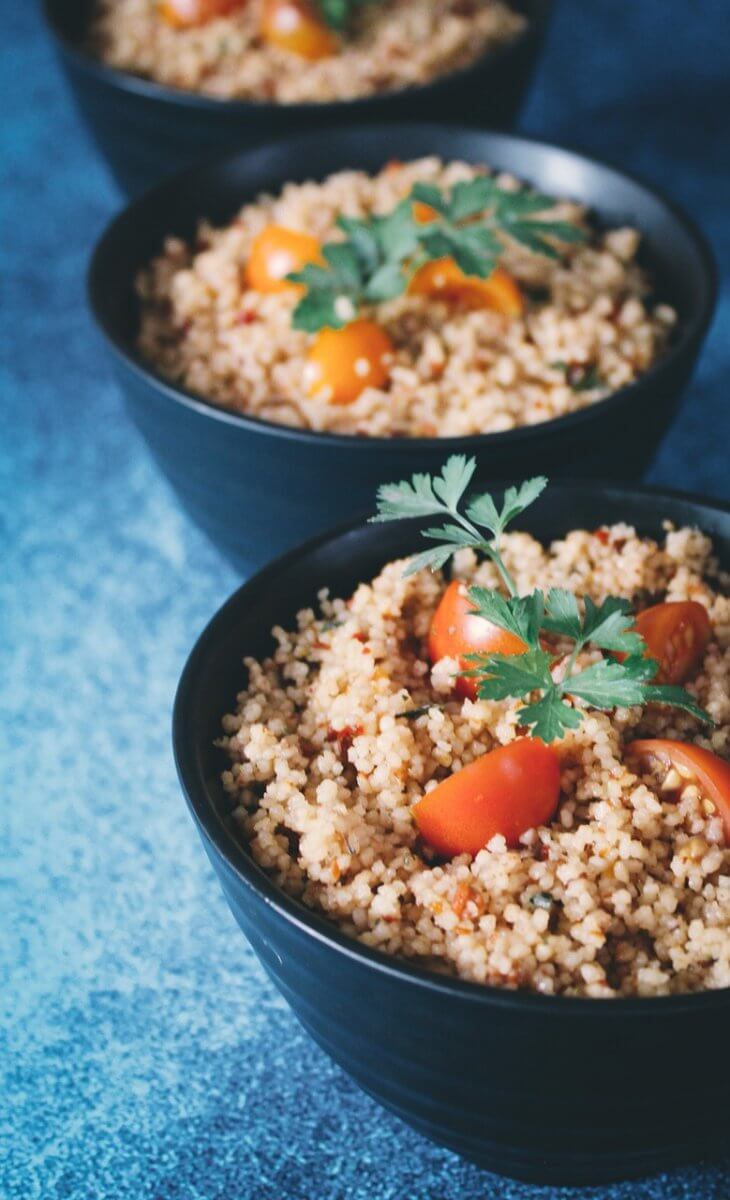
Rice
Rice can be used as a substitute for bulgur in certain dishes, although there will be some differences in texture and flavor. Here’s how you can use rice as a substitute:
- Texture: Depending on the type of rice you use, the texture may vary. For a similar texture to bulgur, you can try using brown rice or wild rice, which have a chewier texture compared to white rice. Cook the rice according to the instructions on the packaging, adjusting the cooking time to achieve the desired tenderness.
- Cooking Method: Rice is typically cooked by boiling it in water or broth until it absorbs the liquid and becomes tender. Follow the specific instructions for the type of rice you choose.
- Flavor: Rice has a mild, neutral flavor, which makes it a versatile substitute for bulgur. It can absorb the flavors of the other ingredients in your dish, allowing them to shine.
- Culinary Use: Rice can be used as a substitute in dishes such as pilafs, stuffed vegetables, and salads. It pairs well with various vegetables, proteins, and seasonings. Keep in mind that the cooking time and liquid ratios may differ from those of bulgur, so adjust accordingly.
While rice can work as a substitute for bulgur in some recipes, it’s important to note that the texture and taste will be different. Experiment with different types of rice to find the one that best suits your desired outcome and complements the other flavors in your dish.
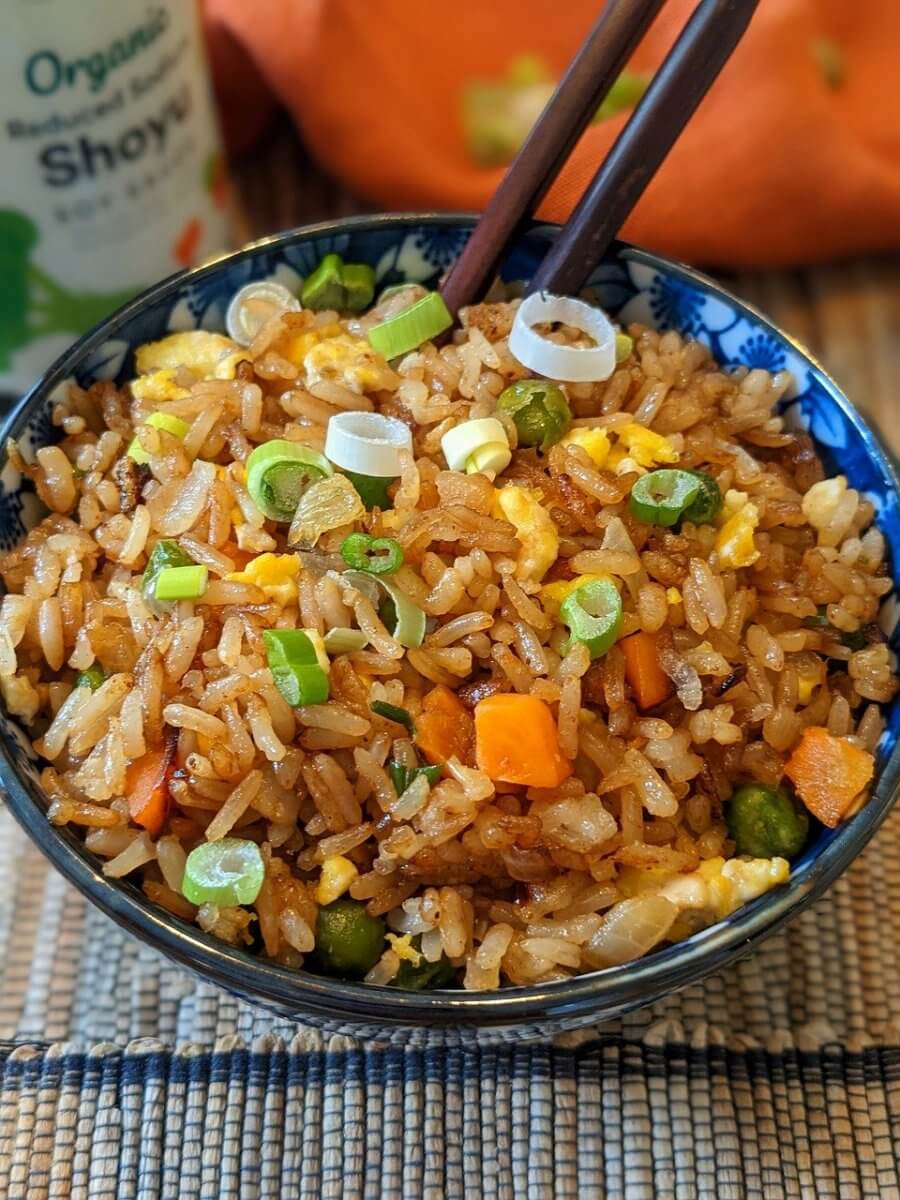
Buckwheat
Buckwheat can be used as a substitute for bulgur in certain recipes. Despite its name, buckwheat is not related to wheat and is actually a gluten-free seed. Here’s how you can use buckwheat as a substitute:
- Texture: Buckwheat has a unique texture that is slightly crunchy yet tender when cooked. It can provide a pleasant contrast to dishes that call for bulgur. Cook buckwheat according to the instructions on the packaging, usually by simmering it in water or broth until it becomes tender.
- Flavor: Buckwheat has a distinctive nutty and earthy flavor, which can add a rich and robust taste to your dishes. This flavor profile can work well in savory recipes.
- Culinary Use: Buckwheat can be used as a substitute for bulgur in salads, pilafs, stir-fries, and even as a stuffing for vegetables. It pairs well with various herbs, spices, and vegetables.
- Nutritional Profile: Buckwheat is highly nutritious and offers several health benefits. It is a good source of fiber, protein, vitamins, and minerals. Additionally, it is naturally gluten-free, making it suitable for those with gluten sensitivities or celiac disease.
Keep in mind that the unique flavor and texture of buckwheat may alter the overall taste and mouthfeel of the dish compared to bulgur. Adjust seasonings and cooking times to suit your preferences and the specific recipe.
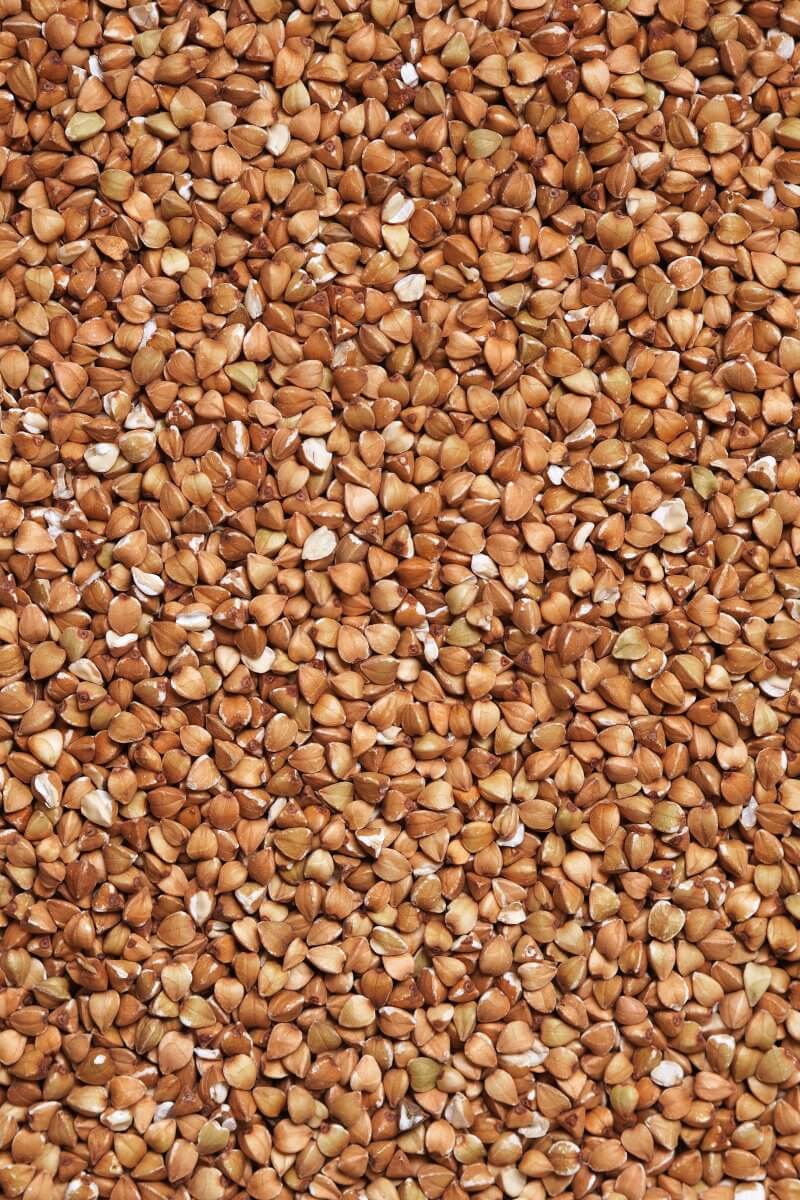
Barley
Barley can be used as a substitute for bulgur in certain recipes, particularly in dishes that call for a chewy and hearty texture. Here’s how you can use barley as a substitute:
- Texture: Barley has a chewy texture when cooked, similar to bulgur. It retains a slight firmness, adding a satisfying bite to dishes. Cook barley according to the instructions on the packaging, typically by simmering it in water or broth until it becomes tender.
- Flavor: Barley has a slightly nutty and earthy flavor that can complement a variety of dishes. It adds a hearty and robust taste to recipes.
- Culinary Use: Barley can be used as a substitute for bulgur in pilafs, soups, stews, salads, and stuffings. It pairs well with vegetables, herbs, and proteins. It is particularly popular in dishes like mushroom barley soup and barley risotto.
- Nutritional Profile: Barley is a nutritious grain that is high in fiber, vitamins, and minerals. It contains a good amount of protein and can contribute to a balanced and healthy diet.
Keep in mind that barley has a longer cooking time compared to bulgur, so you may need to adjust the cooking time accordingly. Additionally, the texture and flavor of barley may differ slightly from bulgur, but it can still be a tasty and nutritious substitute in many recipes.
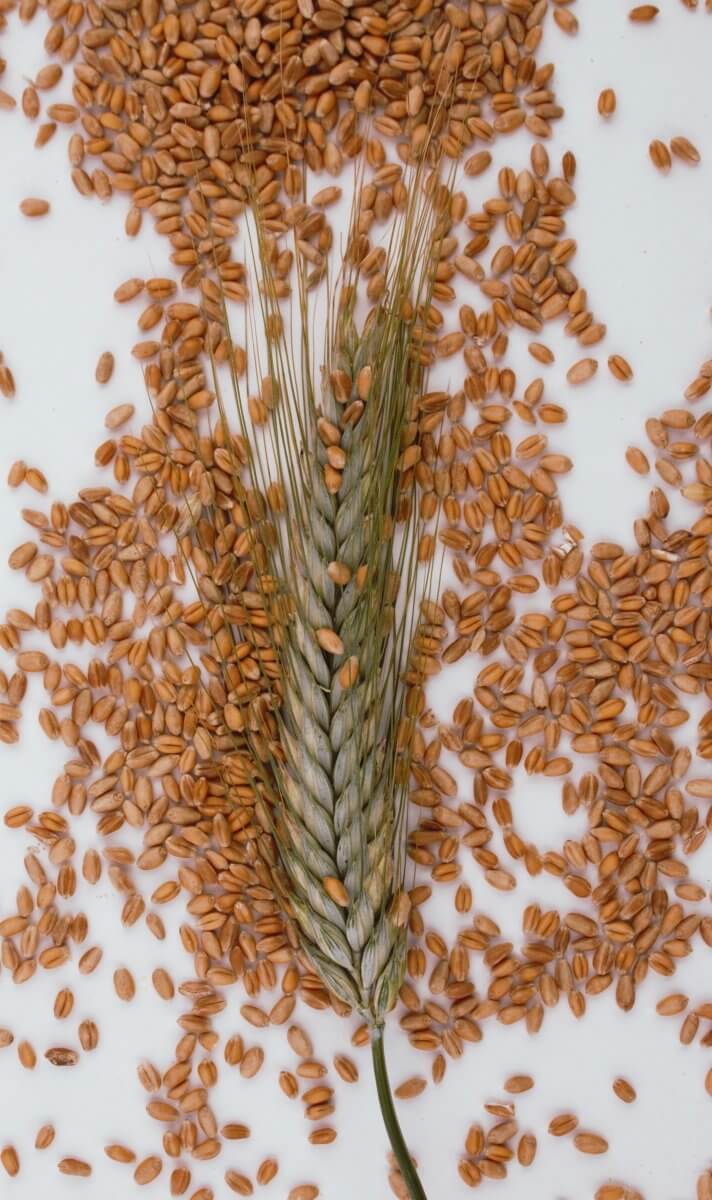
Farro
Farro can be an excellent substitute for bulgur in various recipes. It is an ancient wheat grain with a chewy texture and a slightly nutty flavor. Here’s how you can use farro as a substitute:
- Texture: Farro has a similar chewy texture to bulgur, making it an ideal replacement. Cook farro according to the instructions on the packaging, usually by simmering it in water or broth until it becomes tender but still maintains its bite.
- Flavor: It has a nutty and earthy flavor that can add depth to your dishes. It pairs well with a wide range of ingredients and seasonings.
- Culinary Use: Farro can be used as a substitute for bulgur in salads, grain bowls, pilafs, soups, and stuffings. It can also be used as a base for risottos or as a side dish on its own. It works well with vegetables, herbs, and proteins.
- Nutritional Profile: Farro is a nutritious whole grain that is rich in fiber, protein, vitamins, and minerals. It provides a good amount of energy and offers various health benefits.
When substituting farro for bulgur, keep in mind that the cooking time for farro is typically longer than for bulgur. Adjust the cooking time accordingly, as you want to achieve the desired tenderness without overcooking the farro.
Overall, farro can be a fantastic alternative to bulgur, bringing a distinct flavor and chewy texture to your dishes.
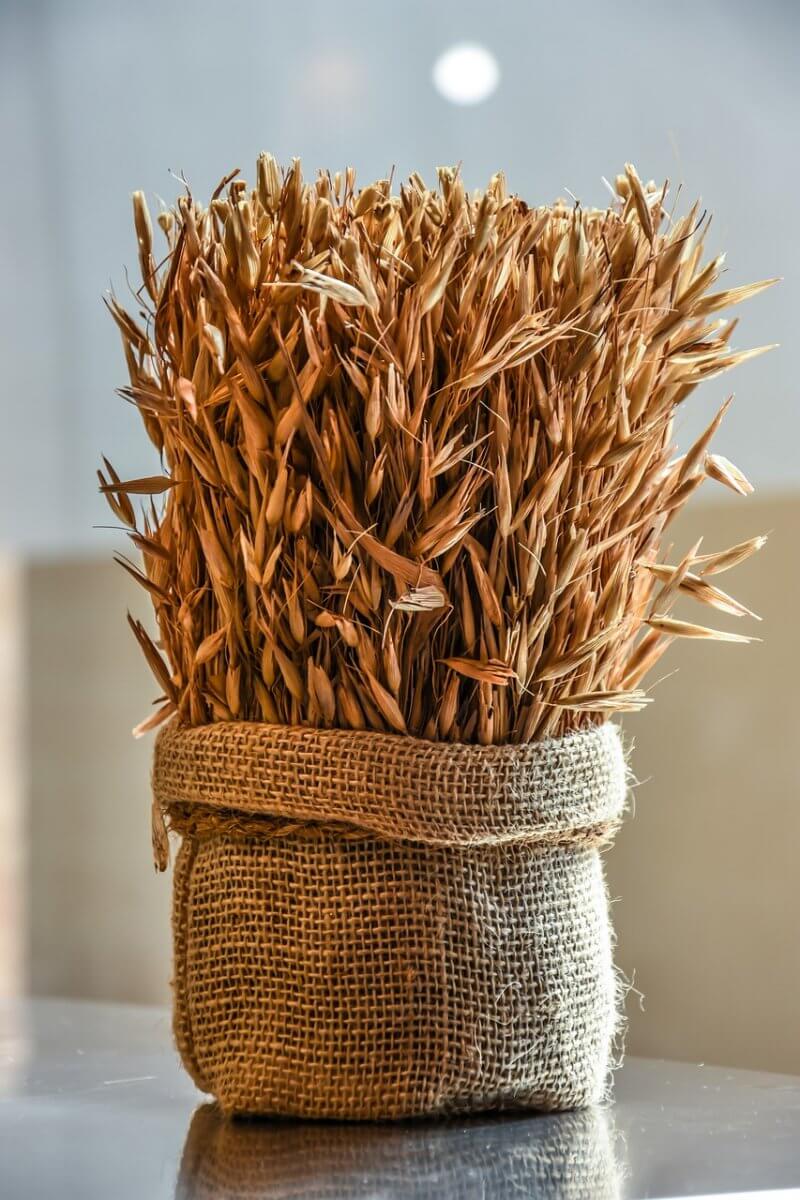
Summary for bulgur wheat substitutes
Okay – that’s you all sorted with suitable substitutes for bulgur wheat.
We hope you find the list of substitutes helpful whenever you need to find a substitute for bulgur wheat. Here’s a quick recap:
- Quinoa: A highly nutritious grain-like seed that has gained popularity for its health benefits and versatility in cooking.
- Couscous: A North African dish made from tiny granules of durum wheat semolina. Fast and easy to prepare.
- Rice: Rice has a mild, neutral flavor, which makes it a suitable substitute for bulgur – add extra seasonings.
- Buckwheat: A gluten-free option. A good source of fiber, protein, vitamins, and minerals.
- Barley: Firm texture with a nutty and earthy flavor. Use in pilafs, soups and stews.
- Farro: Has a similar chewy texture to bulgur wheat. Needs some extra cooking time.
We certainly have given careful thought to what you could use as an alternative. And remember if you’re looking to replace bulgur wheat in a recipe, you’ll need to consider what role the bulgur wheat was playing in the recipe and choose a suitable replacement that provides similar benefits.
We have gathered together a lot more facts on ingredients such as herbs, spices, oils, nuts, etc. if you would like to learn some more.
Or if you need to swap out another ingredient have a look at our Substitutes section.

